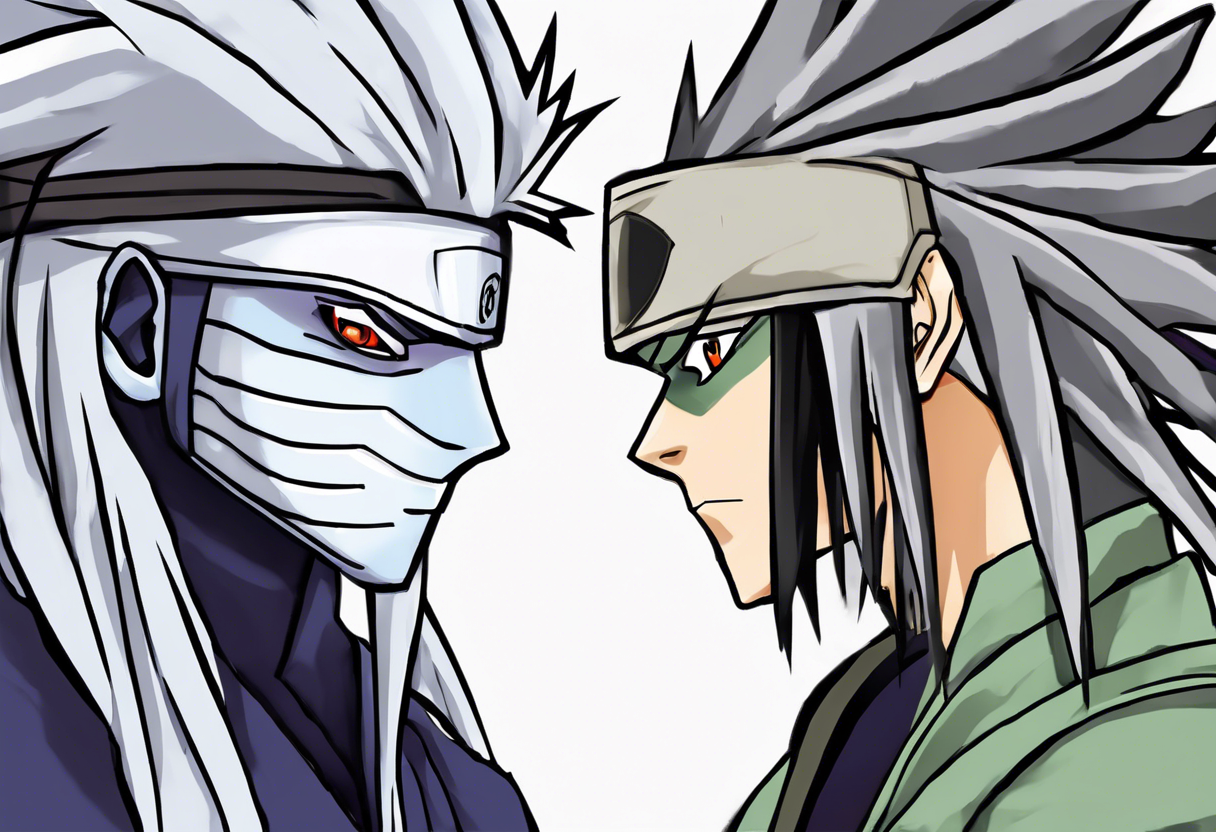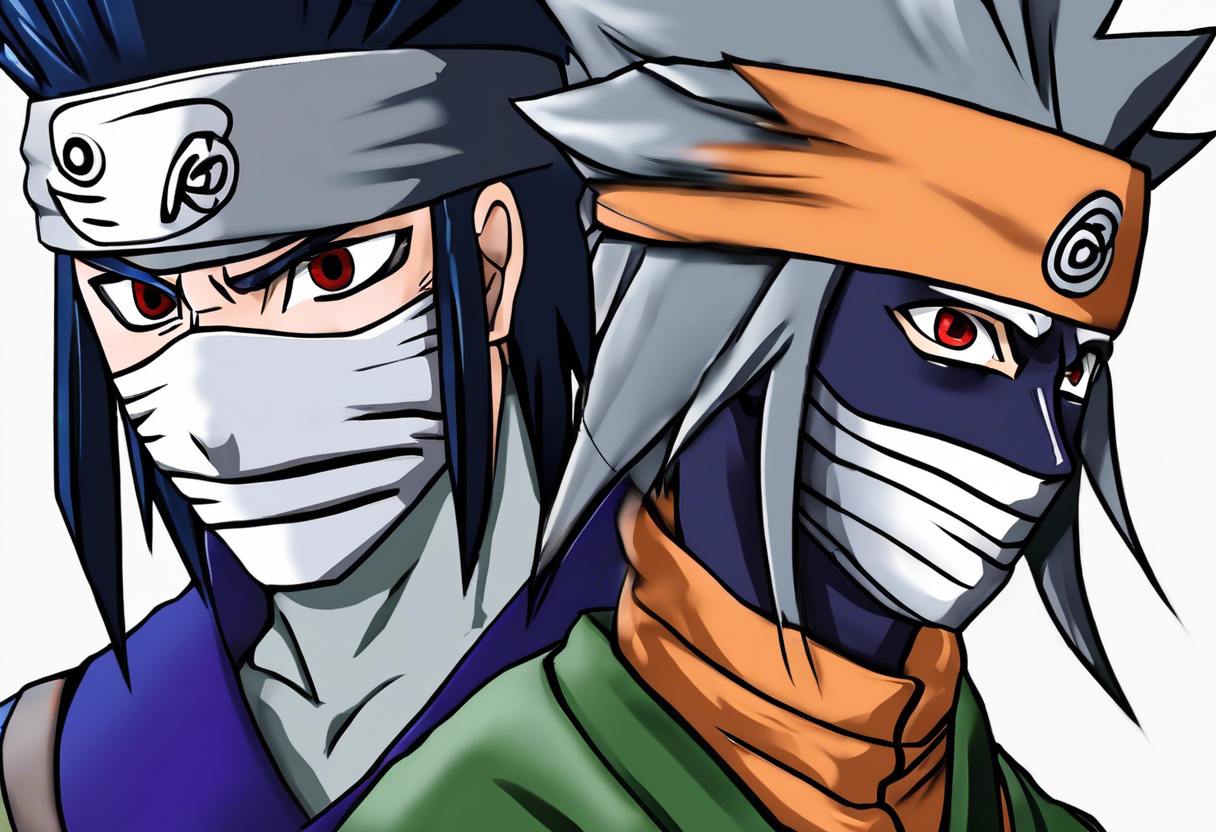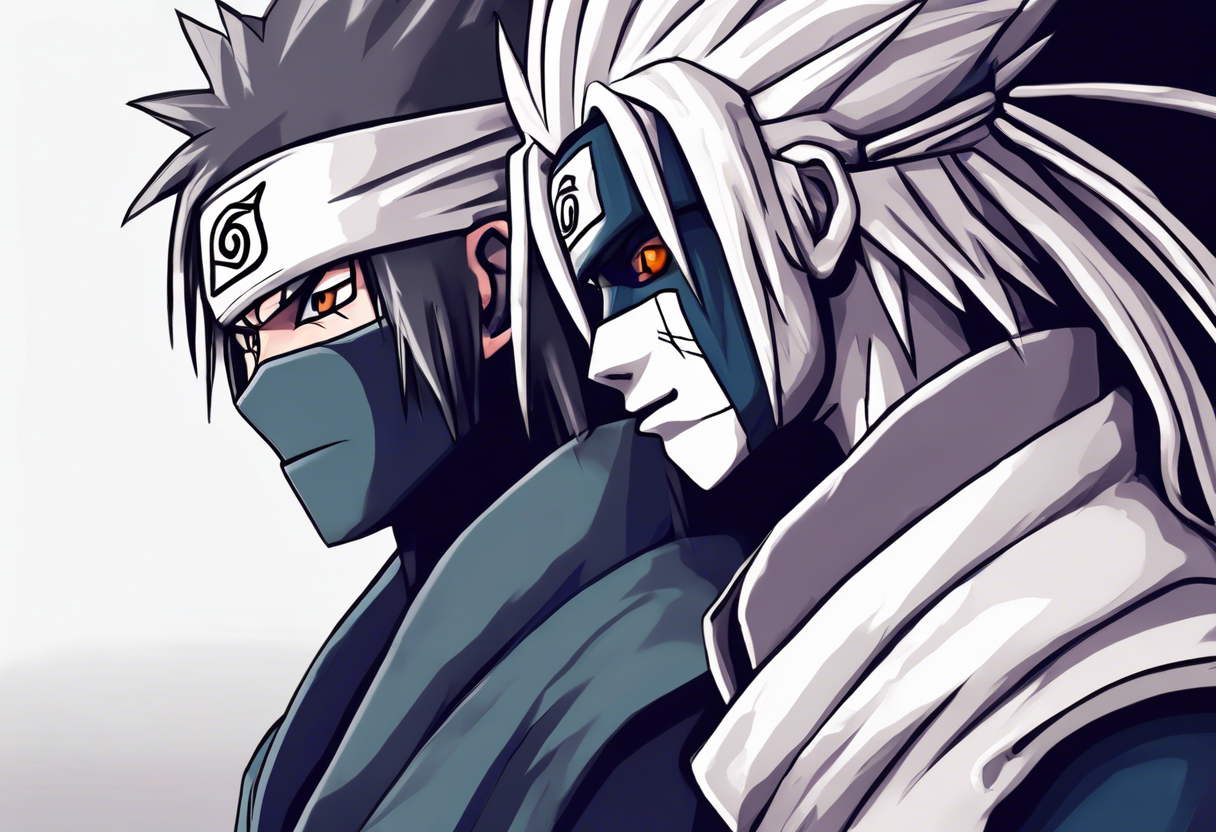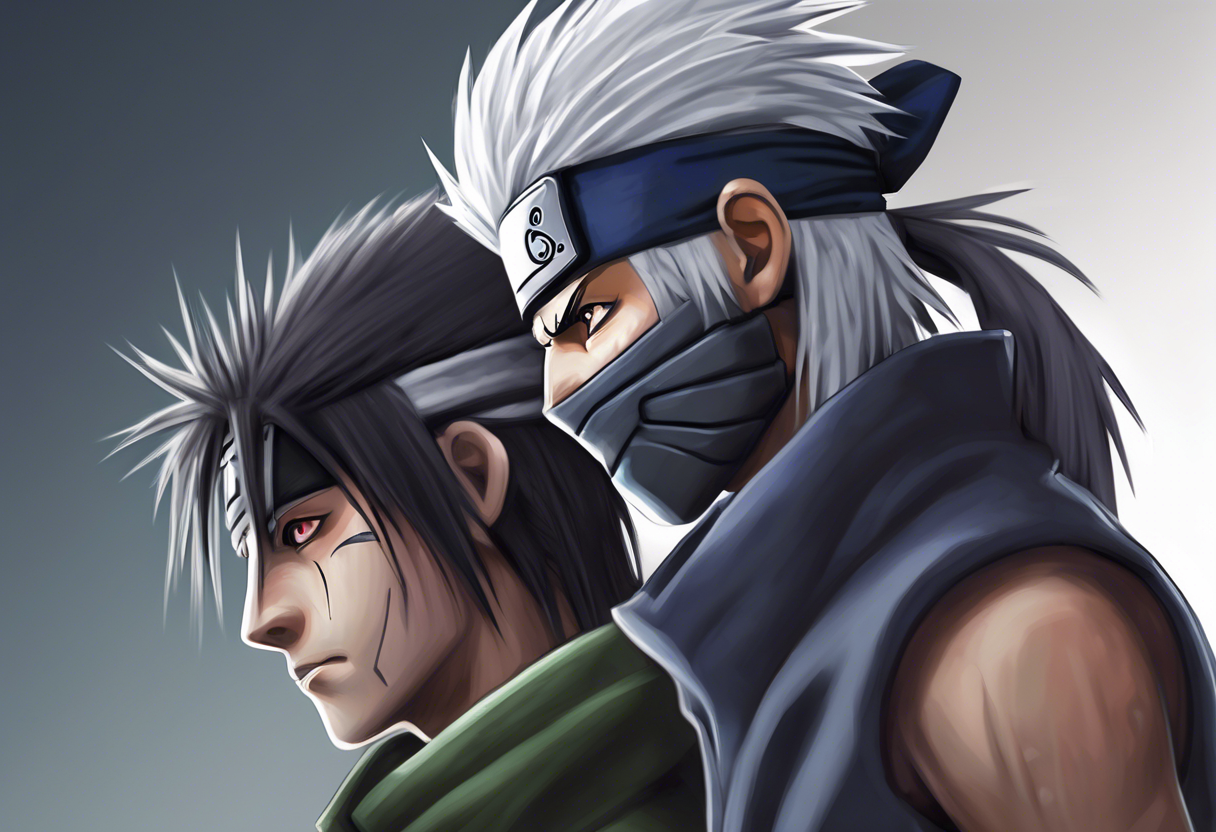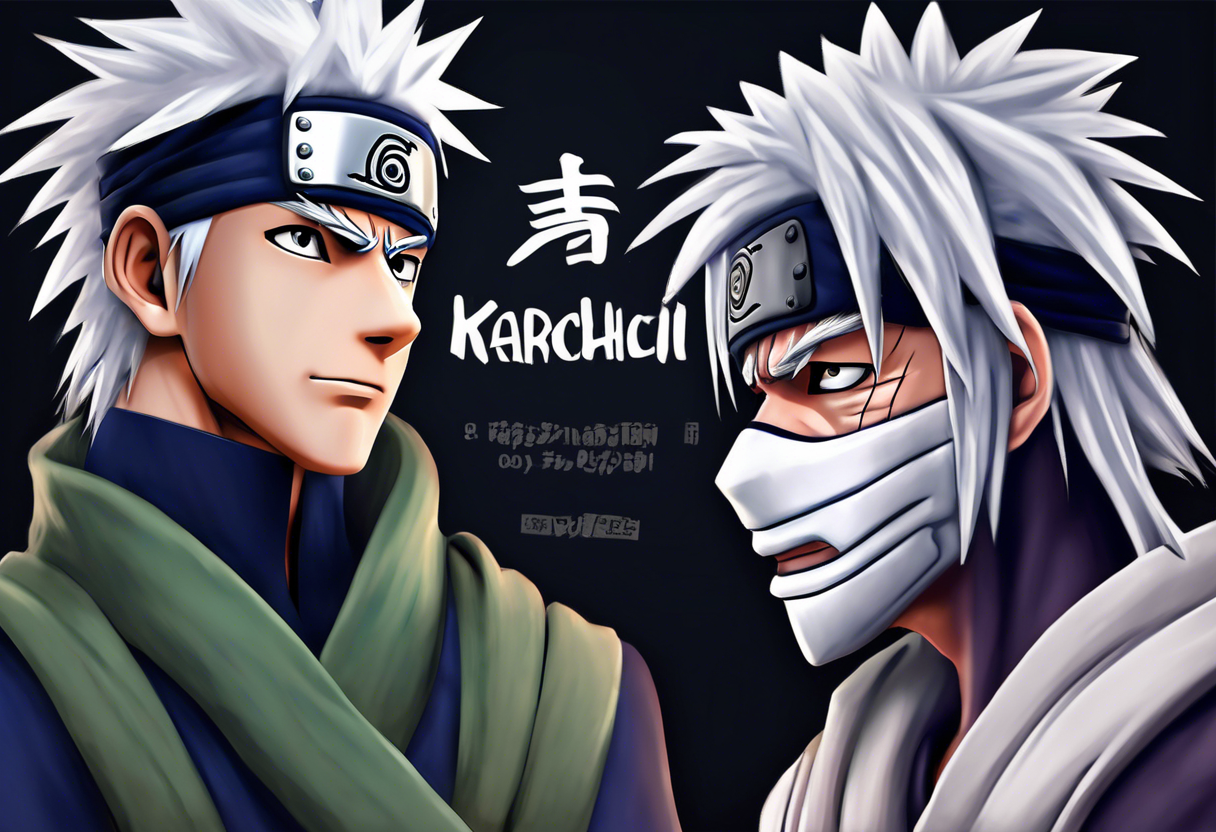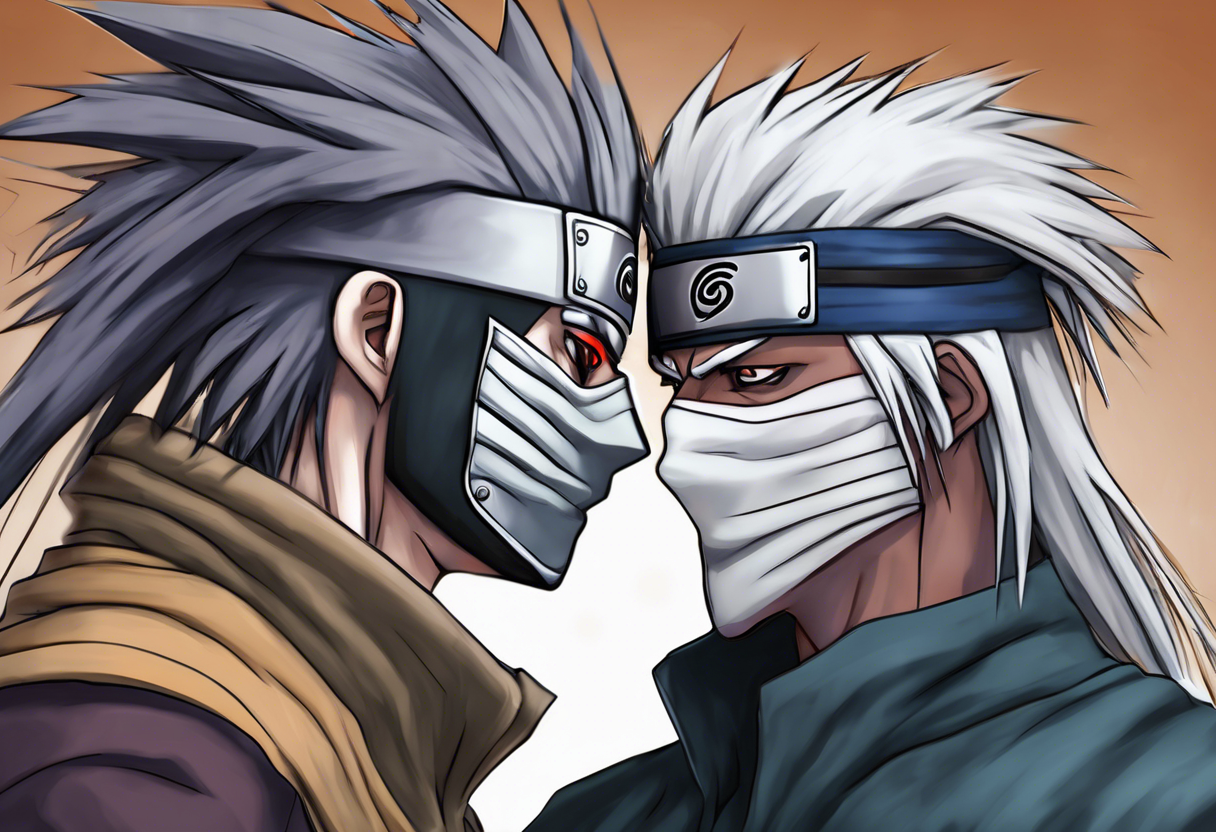Contents
Introduction
"Kakashi and Orochimaru: Face-to-Face" is the 40th episode of the popular anime series Naruto, which is based on the manga by Masashi Kishimoto. This episode is part of the Chunin Exams arc, a pivotal storyline in the series that introduces several key characters and plot elements.
The episode was first aired on July 9, 2003, and is directed by Hayato Date, with the screenplay written by Junki Takegami. The production of this episode, like the rest of the series, was overseen by Studio Pierrot and TV Tokyo. Masashi Kishimoto’s original manga provided the foundation for the story, and his creative vision was crucial in shaping the characters and their interactions.
What sets "Kakashi and Orochimaru: Face-to-Face" apart is its significant contribution to the character development and the overarching plot of Naruto. This episode marks a critical moment in the series where the stakes are raised, and the true nature of several characters is revealed, particularly the sinister intentions of Orochimaru.
Plot Summary
The episode revolves around two main plot threads. The first involves Kakashi Hatake, the leader of Team 7, who is in the process of releasing Sasuke Uchiha from a genjutsu (illusion technique) cast by Orochimaru. As Kakashi successfully breaks the spell, Orochimaru appears, expressing his desire to obtain the power of the Sharingan, a powerful dojutsu (eye technique) possessed by the Uchiha clan. This encounter highlights Orochimaru’s ambition and his willingness to go to extreme lengths to achieve his goals[1][2].
The second plot thread focuses on the third exam preliminaries of the Chunin Exams, where genin (ninja-in-training) from different villages compete against each other. The episode features a battle between Zaku Abumi from the Hidden Sound Village and Shino Aburame from the Hidden Leaf Village. Initially, it seems that Shino has the upper hand due to his ability to control a large number of parasitic insects that consume chakra. However, Zaku reveals that he can use both arms despite his previous injury, adding a twist to the battle[1][2].
Themes and Symbolism
"Kakashi and Orochimaru: Face-to-Face" delves into several themes that are central to the Naruto series. One of the primary themes is the pursuit of power and its consequences. Orochimaru’s relentless quest for the Sharingan power symbolizes the dangers of ambition and the lengths to which individuals will go to achieve their goals. This theme is contrasted with the more altruistic motivations of characters like Kakashi, who prioritize the well-being of their teammates over personal gain[1][4].
Another significant theme is the concept of loyalty and betrayal. Orochimaru’s appearance and his intentions towards Sasuke underscore the complexities of loyalty and the ease with which it can be betrayed. This theme is further explored through the relationships between the characters, particularly the bond between Kakashi and his team, which serves as a counterpoint to Orochimaru’s manipulative nature[1][4].
The episode also touches on the idea of deception and hidden strengths. Zaku’s ability to use both arms despite his injury serves as a metaphor for the hidden potential within individuals and the importance of not underestimating others based on appearances[1][2].
Cultural Impact
"Kakashi and Orochimaru: Face-to-Face" has had a significant cultural impact, particularly within the anime and manga community. The introduction of Orochimaru as a major antagonist marked a turning point in the series, elevating the stakes and complexity of the storyline. This episode, along with the broader Chunin Exams arc, has been praised for its engaging plot twists and character developments[2][4].
The episode’s influence can be seen in various aspects of popular culture. The character of Orochimaru, with his intricate backstory and motivations, has become an iconic figure in anime, often referenced or parodied in other works. The themes and plot elements introduced in this episode have also inspired fan art, fan fiction, and discussions within the Naruto fandom[4].
Critical Reception
"Kakashi and Orochimaru: Face-to-Face" received positive reviews from both critics and audiences upon its release. The episode holds a rating of 7.5/10 on IMDb, with many praising the intense battle scenes and the dramatic reveal of Orochimaru’s intentions[2].
Critics have highlighted the episode’s ability to balance action and character development, making it a standout in the series. The introduction of Orochimaru as a formidable villain was particularly praised for adding depth to the narrative and raising the stakes for the main characters[4].
However, some critics noted that the pacing could be improved, and the episode’s reliance on certain plot conveniences was a minor drawback. Despite these criticisms, the episode remains highly regarded within the Naruto fanbase and is often cited as one of the key episodes in the series[2][4].
Legacy
"Kakashi and Orochimaru: Face-to-Face" continues to be relevant and influential in the world of anime and manga. The episode’s impact on the Naruto series is undeniable, as it sets the stage for many of the subsequent plot developments and character arcs.
The character of Orochimaru, in particular, has become a benchmark for anime villains, with his complex motivations and formidable abilities making him a compelling figure. The themes explored in this episode, such as the pursuit of power and the importance of loyalty, continue to resonate with audiences and inspire new works in the anime and manga genre[1][4].
In conclusion, "Kakashi and Orochimaru: Face-to-Face" is a pivotal episode in the Naruto series that has left a lasting impact on anime and manga culture. Its engaging storyline, complex characters, and thematic depth make it a must-watch for fans of the series and the genre as a whole.

